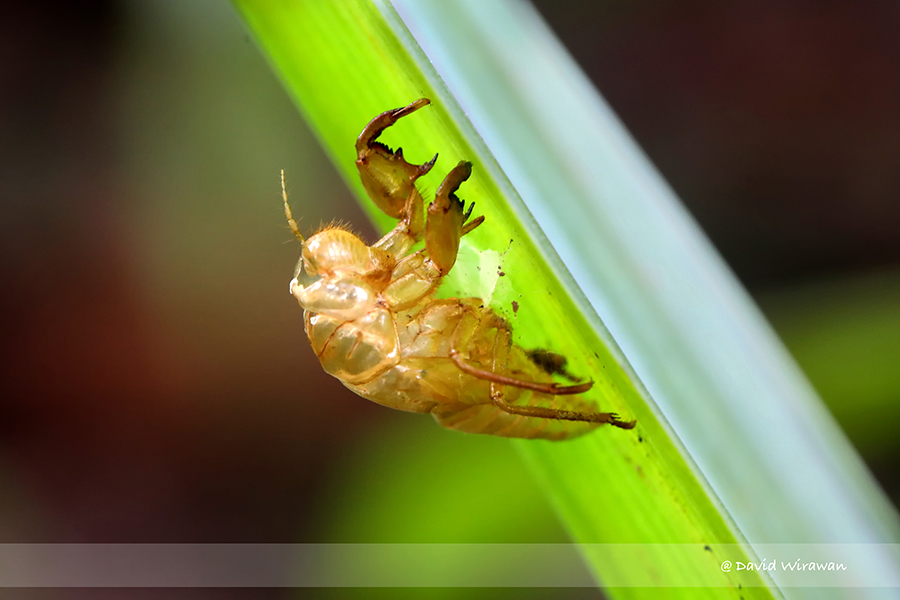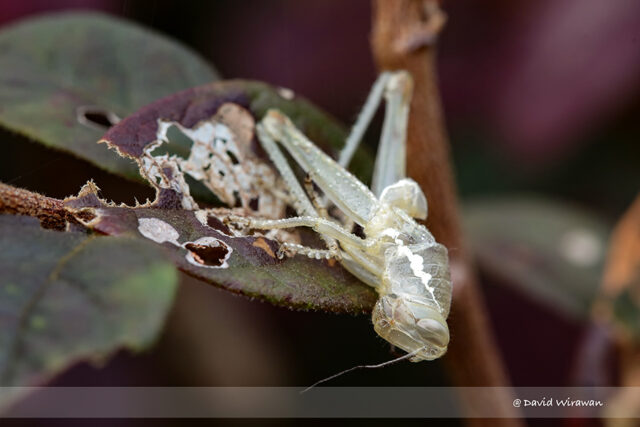When I was searching for caterpillars and other insects, I found a cicada’s shell. Few days later, I found a grasshopper’s shell.
It made me curious and wanted to find out about this shell / transparent skin and the process of it.
It’s called Molting.
In arthropods, such as insects, arachnids and crustaceans, moulting is the shedding of the exoskeleton (which is often called its shell), typically to let the organism grow. This process is called ecdysis.
Molting, known technically as ecdysis, is literally a period of growth for insect.
Exoskeleton is like a shell. It serves as its external backbone is used for protection and support
The old exoskeleton is called an exuviae
While moulting, insects can’t breathe
Molting or Ecdysis is necessary because the exoskeleton cannot grow.
During this process insect more vulnerable to predators.

Three layers of the insect exoskeleton:
- The outermost layer is called the cuticle.
This layer protect the insect against physical injury and water loss, as well as provides rigidity for muscle
- The epidermis. ( second layer )
It is responsible for secreting a new cuticle when it is time to shed the old one.
- The basement membrane.
This membrane is what separates the insect’s main body from its exoskeleton.
The Process of Molting
In molting, the epidermis separates from the outermost cuticle. Then, the epidermis forms a protective layer around itself and secretes chemicals that break down the insides of the old cuticle.
That protective layer becomes part of the new cuticle. When the epidermis has formed the new cuticle, muscular contractions and air intake cause the insect’s body to swell, thus splitting open the remains of the old cuticle.
Finally, the new cuticle hardens. The bug squeezes out from the outgrown exoskeleton.
Cicada Nymphs usually undergo five molts during the several years required to reach maturity
Most grasshoppers molt about five times, each time emerging larger and closer in size to a fully formed adult. In the last stage of molting, the wings are fully grown.
Caterpillar molts 5 times from the first instar to fifth instar and become pupa.
The caterpillar does this by first growing a new skin underneath the outer skin. Then, when it is ready, it “sheds” the old skin, and the newer, larger skin underneath is exposed.
After the caterpillar has molted for the first time, it is referred to as a second instar, and it has some room to grow.
When the caterpillar molts for the fifth and final time, the new skin underneath forms the outer shell of the CHRYSALIS ( generically referred to as a pupa )
Source and Reference:














